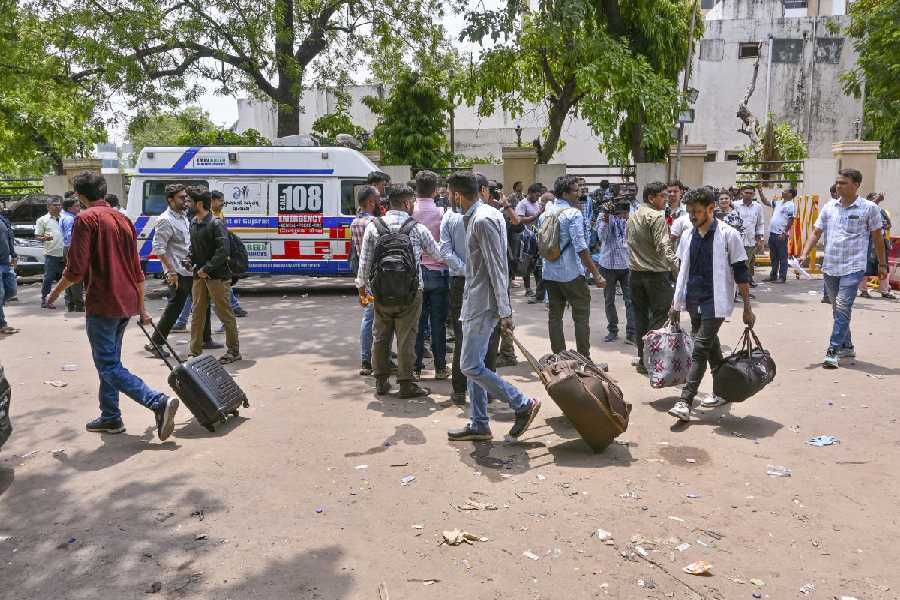 |
| Assam minister Misbahul Islam Laskar (right) releases the book, Important Bird Areas in India, in Guwahati on Sunday. Picture by Eastern Projections |
Guwahati, Dec. 19: Assam?s reputation as a bird paradise has taken a beating.
An extensive study by the Bombay Natural History Society (BNHS) has revealed that nearly half of the 46 Important Bird Area (IBA) sites in Assam are not legally protected, which is pushing some endangered species towards extinction.
The organisation is co-ordinating the Important Bird Area Programme in India on behalf of Birdlife International.
Assam is home to 820 bird species, of which 280 are migratory. The number of bird species found in the state is the highest in the country.
The findings of the five-year countrywide study have gone into a book, Important Bird Areas in India: Priority Sites for Conservation, that was released today by Assam minister of state (independent charge) for tourism and cooperation Misbahul Islam Laskar.
The study says habitat destruction and modification are a ?major and irreversible threat? to avian species, and that as many as 42 of the 46 Important Bird Areas are in danger. The Kaziranga IBA site has 24 species of threatened birds, which is the highest in the country. Dibru-Saikhowa comes a close second. All five national parks and 18 wildlife sanctuaries in Assam have IBA sites.
?IBA sites are of international significance for bird conservation. They are part of a wider, integrated approach to conservation that embraces site, species and habitat protection and will be used to reinforce the existing protected areas network.
?They will contribute to the conservation of biodiversity, as sites which are rich in birds are also likely to be rich in other species,? BNHS director Asad R. Rahmani said.
At least 28 IBA sites are facing ?unsustainable exploitation of natural resources?, which includes trapping and poaching. Another threat is the expansion of agriculture fields and slash-and-burn cultivation. Excessive firewood-collection is cause for concern in 19 IBA sites across the state.
Rahmani said site-support groups comprising residents and NGOs would be constituted to conserve avian species in the region. He said public involvement in conserving the nesting sites of the greater adjutant stork was essential for the long-term survival of the species.










